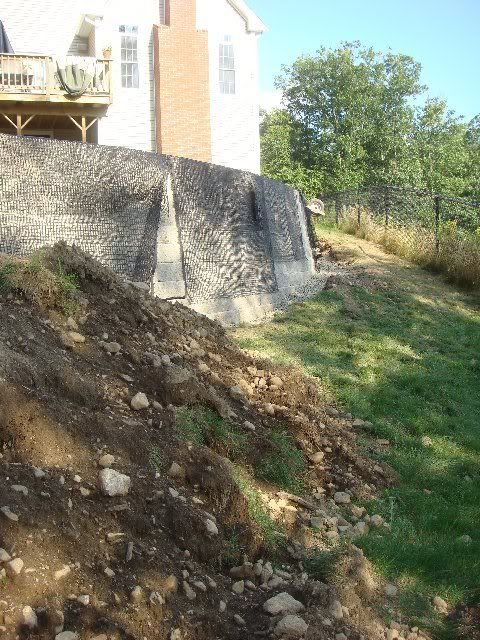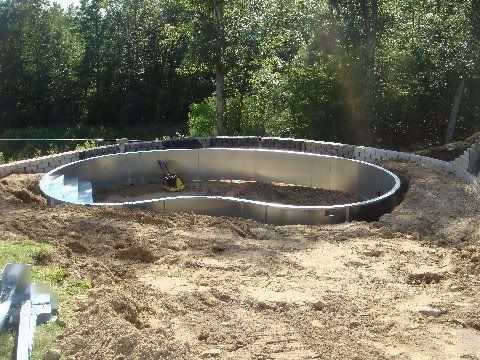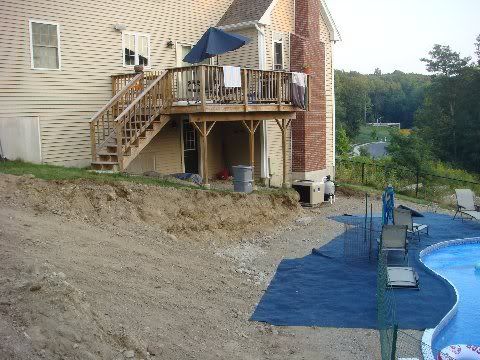Hi Guys n' Gals! 
I would like some input on my new yard... Just so happens I live on a hill and I really want to put up an above ground pool this summer. I'm adding some pics for your opinion. You have all been so very helpful in the past so here goes...
This is where I'd like the pool. It's really the only place I can put a 24ft round agp.

Here is a look from the road...

What do you all think? Retaining wall or not? Need more info, just ask and I'll try to answer...

I would like some input on my new yard... Just so happens I live on a hill and I really want to put up an above ground pool this summer. I'm adding some pics for your opinion. You have all been so very helpful in the past so here goes...
This is where I'd like the pool. It's really the only place I can put a 24ft round agp.

Here is a look from the road...

What do you all think? Retaining wall or not? Need more info, just ask and I'll try to answer...


 My chains have been grinding for a year now just thinking about "how" I want to do it. I definately want to do it myself to cut down the cost and installing the pool myself too.
My chains have been grinding for a year now just thinking about "how" I want to do it. I definately want to do it myself to cut down the cost and installing the pool myself too. 







